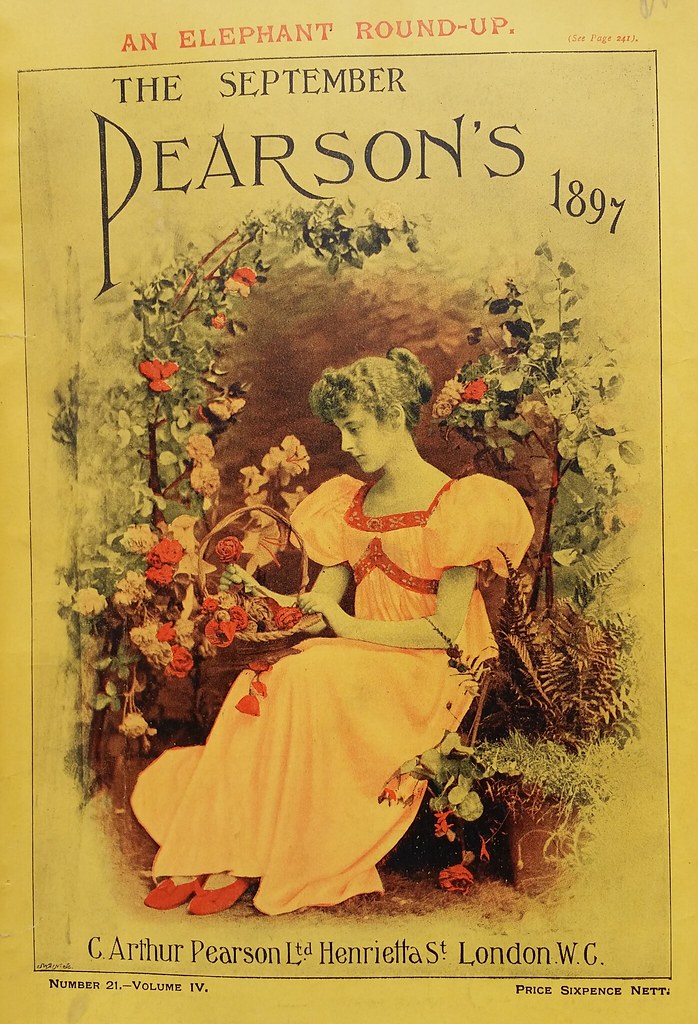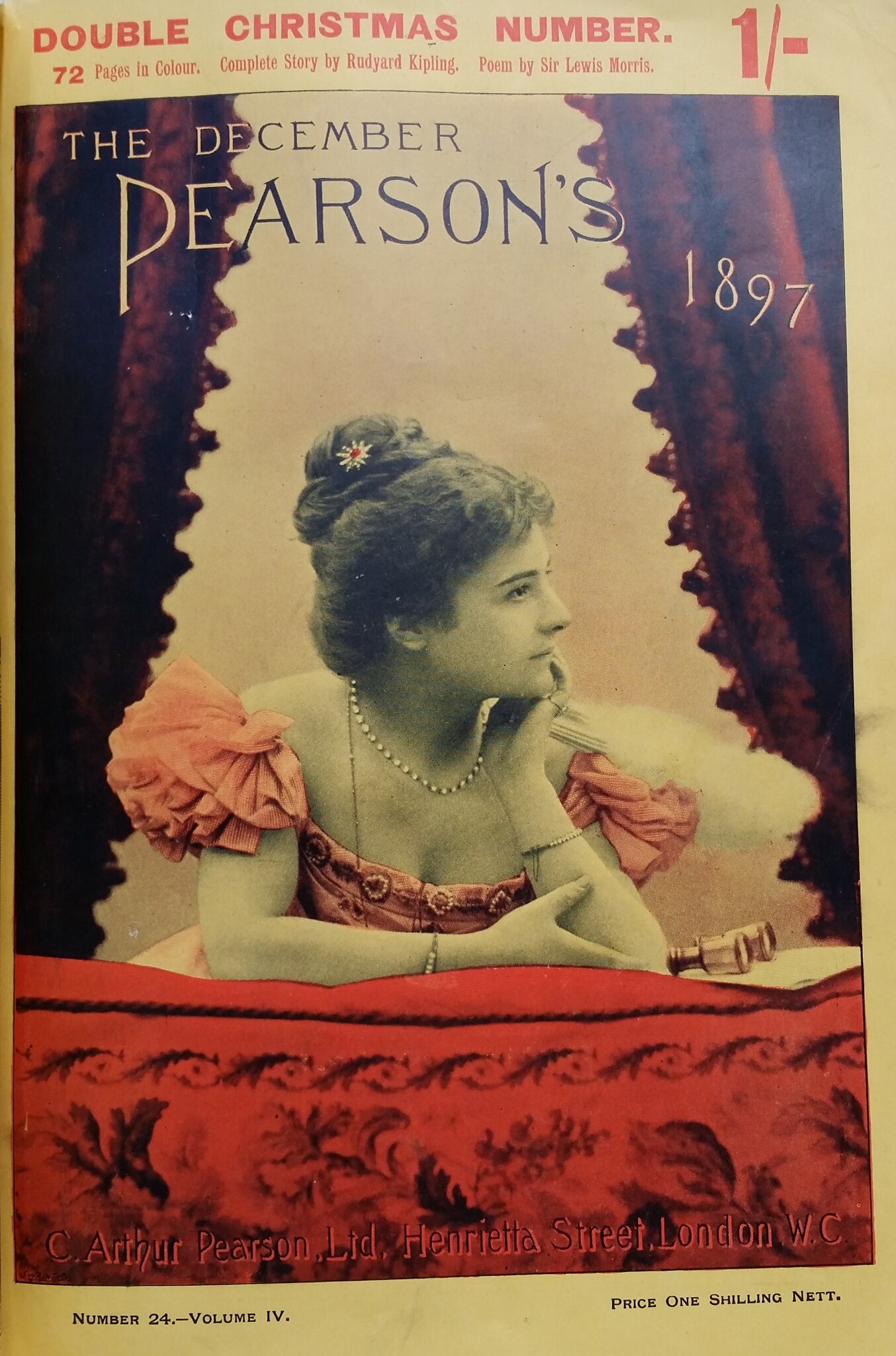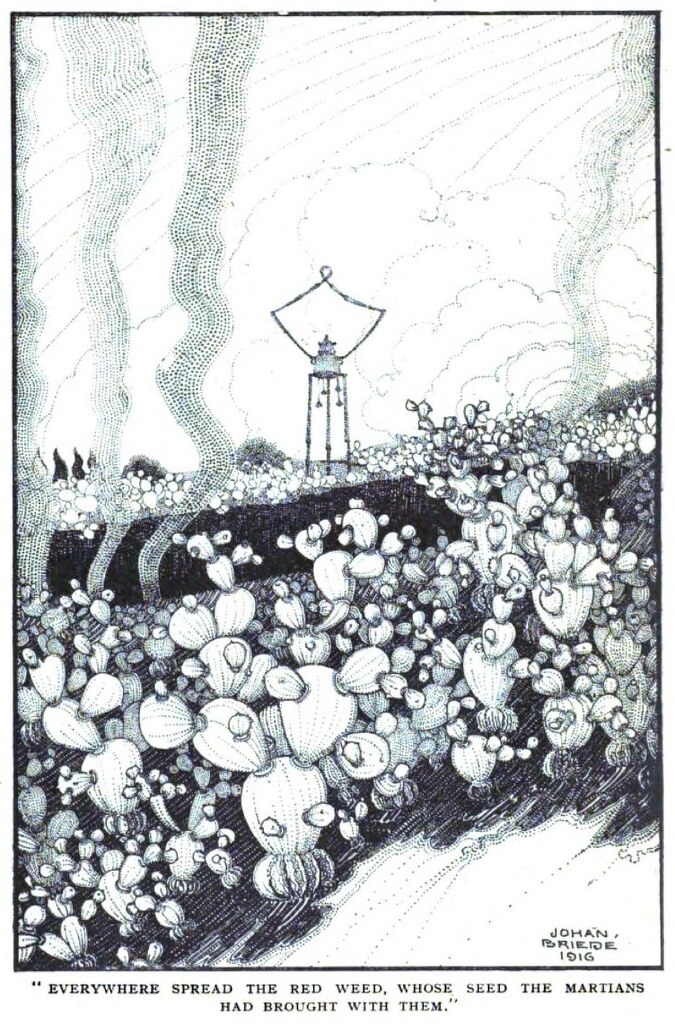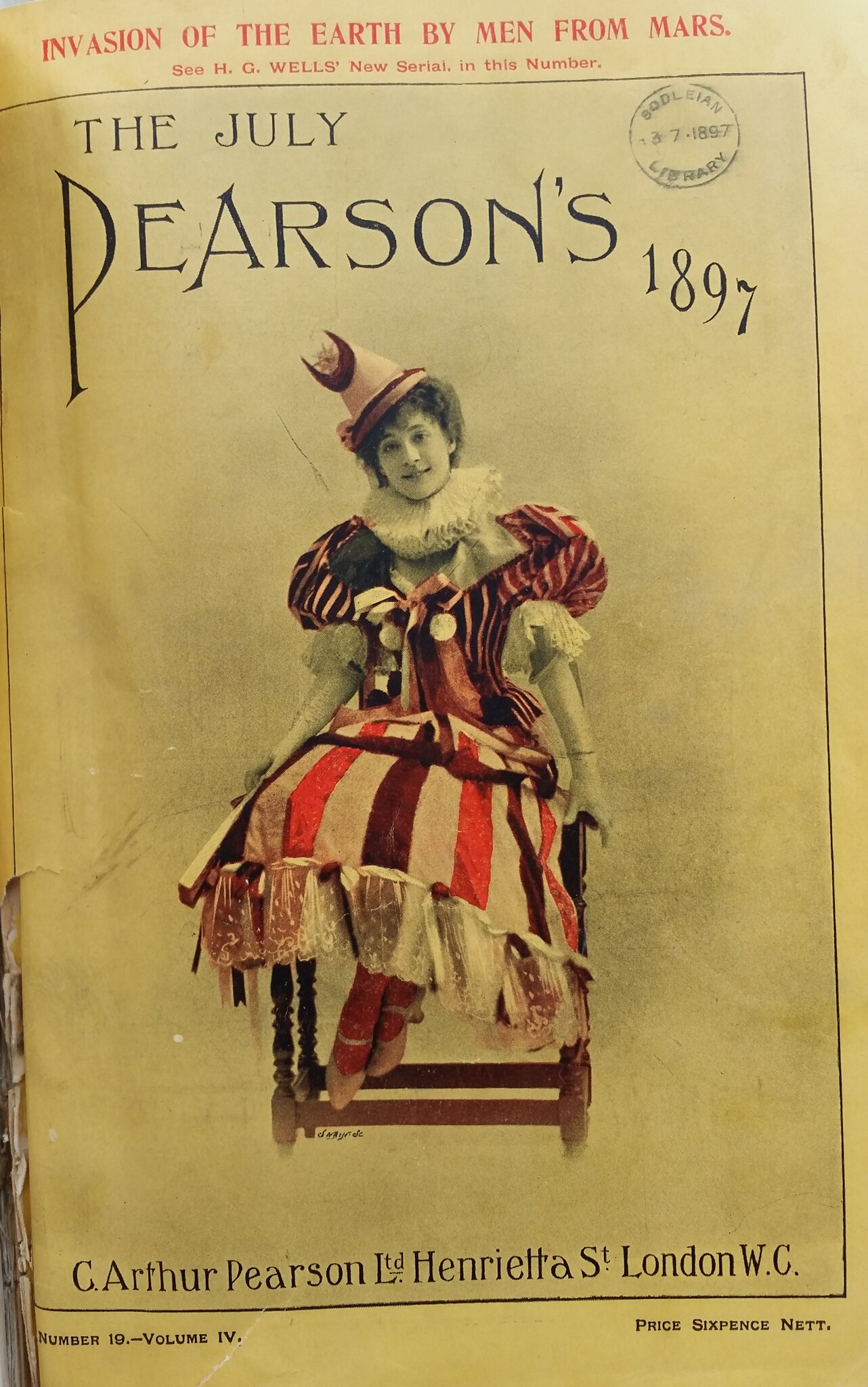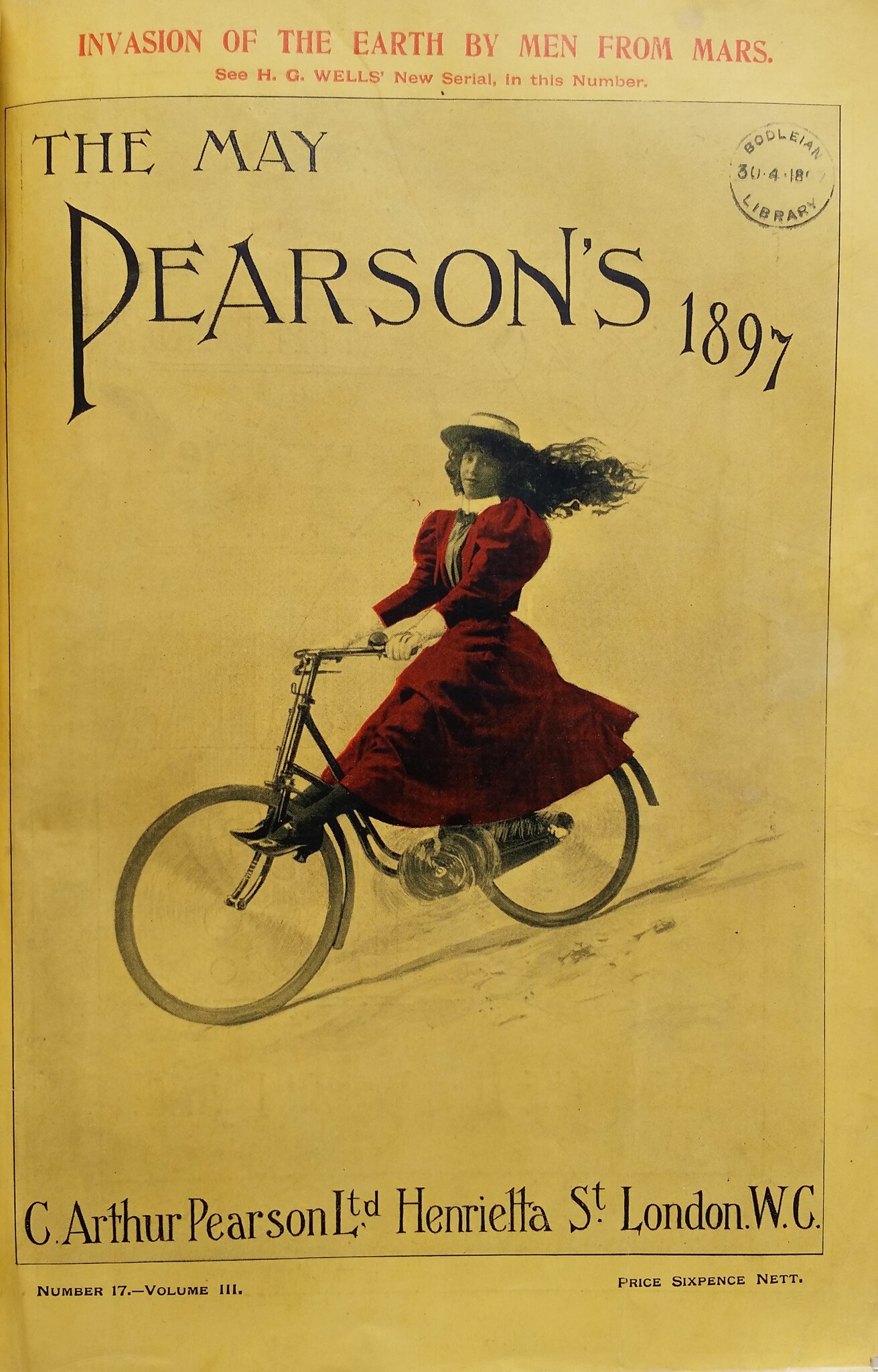From STOVER 81: "The Heat-Ray is often taken as a prophecy of beam-focused lasers, but this is to miss the photographic metaphor Wells uses: 'the camera that fired the Heat-Ray,' 'the camera-like generator of the Heat-Ray.' The Martians' rayguns are in fact cameras in reverse, emitting light not receiving it, and they are in fact mounted on tripods as were the heavy old cameras of the day. What they see they zap. More, the photo-journalistic realism of the invasion recounted by the narrator recalls that of Roger Fenton, whose coverage of the Crimean War in 1855 is the first instance of a war photographer on the scene of action. His pictures were accompanied by sensational stories done by the famed William Howard Russell of the London Times, the first war correspondent in the modern sense. The narrator's account is modeled after both precedents, visually and journalistically."
GANGNES: Stover here gestures (though not by name) to MCCONNELL (145), whose note is quoted by HUGHES AND GEDULD in their edition. MCCONNELL'S note reads: "Though the details of the heat-ray are vague, they do anticipate in some remarkable ways the development of the laser beam in the 1950s."
That said, MCCONNELL and others rightly point to one of the numerous instances in which Wells's descriptions of technologies and events appear prescient. Indeed, many of the Martian technologies seem to anticipate military tech developed for use in the First and Second World Wars. For an analysis of The War of the Worlds and its early illustrations as they relate to early twentieth-century warfare, see Gangnes, "Wars of the Worlds: H.G. Wells’s Ekphrastic Style in Word and Image" in Art and Science in Word and Image: Exploration and Discovery (Brill, 2019), pp. 100-114.
